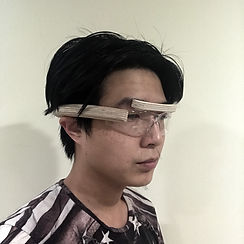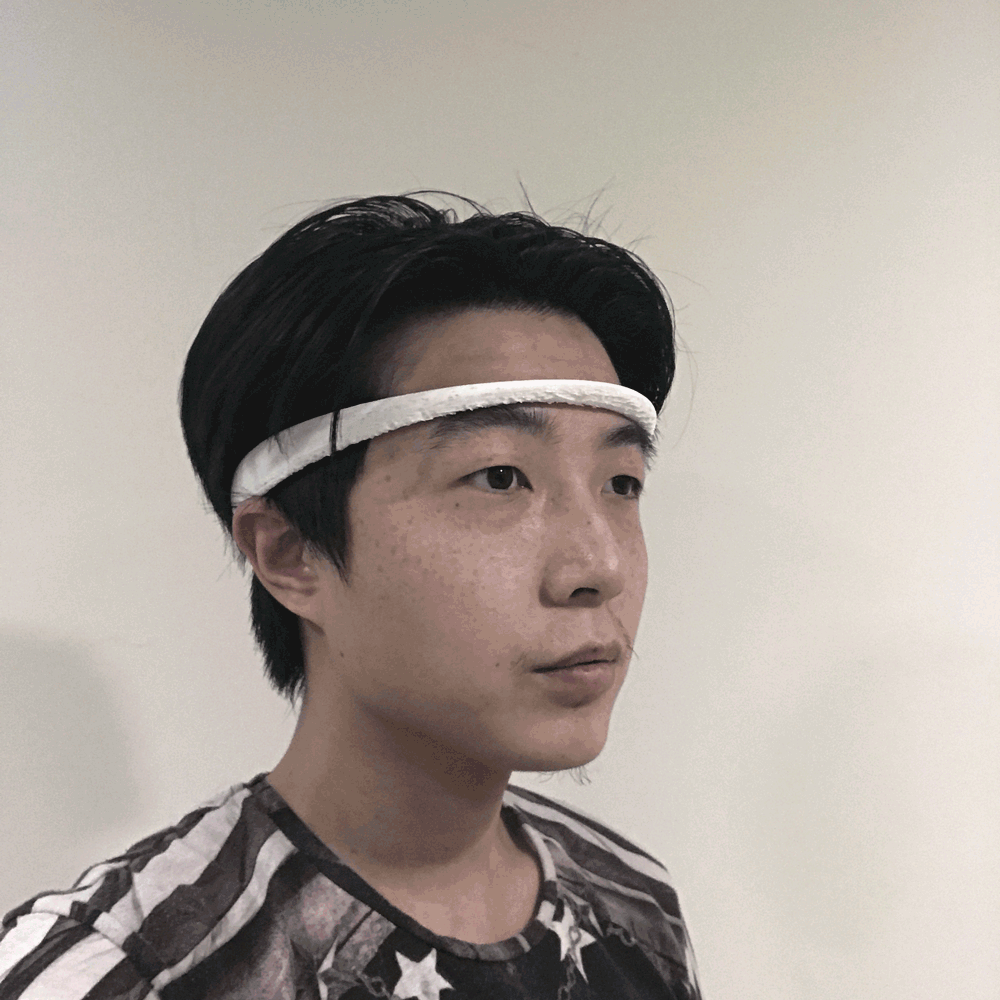
PROCESS
How did I solve the problems and approach the design
Online Research
Read through articles, books and researches on music and brain studies, theories, and experiments. Learnt the market and make comparisons with the existing products.
Brainstorming
Sketching on manikins, sketch models, sketch renders. Learnt different methods to do brainstorming in a faster way.
Scientific Experiment
Did scientific experiments with amateurs and professionals to prove the theory and the functionality of my direction and design.
Prototype
Used a varies of materials. Clay, cardboard, foam, 3D-Printings. Functioning models, etc. I spent a lot of time on 3D printing. Including soft material and flexible material.
Talk To Experts
Had interviews with professors with years of learning on rhythm and body movement interactions in school of music and discussed the issues and suggestions of rhythm learning.
Ergonomic Testing
Used massive 3D Printed parts to find out the best ergonomic shape and structure to fit different people's head.
Rhythm Class
Had a rhythm course in school of music and experienced the user experience of learning rhythm in a group section with body movement involved.
Interaction Testing
To find out the best interaction between the product and users, I did tactile, visual, and auditory feedbacks to users. The goals is to test out the best user experience.
The journey map
This a graphical journey map which contains my design process and workflow. The timeline, challenges and solutions are demonstrated inside of this slide show report.

Research + Brain study + Finding
There are a lot of interesting phenomenons related to rhythms and tempos. People will subconsciously make body movements with the beats while listening to a piece of music, especially a piece of Rock music or dancing in a night club. Most of the students and musicians tap their feet in order to keep the right tempo during their practice or performance. Kids learn rhythm and tempo by clapping their hands and varies of body movement during their very beginning lessons. Rhythm and tempo have a connection with movements through brain activities (Motor Cortex).
Rhythm class + Interviews with professor
The videos show how do students coordinate rhythm by body movements. They are recorded in the rhythm class in school of music. Deeper issues and insights were dig out after the interview with experienced professors. Some student cannot follow to the rhythm even while listening to it (body entrainment). Learnt the importance of building inner tempo. Discussed the methodology.
Testings + Experiments
The videos show a glance of my testing and experimenting process. The testing includes multi-sensory testing, functionality testing, and interaction testing. The goals is to prove the main theory of my project and it showed positive result. I used different ways to stimulate the multi-sensory interactions between the product and users. Multi sensory feedback becomes a must for both visual and auditory users.
Created 3D printed prototypes to test ergonomic and comfort level
Learnt and get proficient in 3D printers. Get to know and understand different features and data settings for different filaments (flexsolid, PLA, ninjaflex, flexible resin, etc). Learnt the 3D printing softwares and handled with different kinds of 3D printers ( Resin printer, PLA printer). Gain the ability to analysis the problems and solve the issues during malfunctions.






1
Body sensor sets
2
Modular speakers with visual interaction
3
Wearable Direction
4
Headband


5
Contexts + Sizes

6
Positions

7
Speaker Position

8
LED Position









Strap Process




GA STUDY

Structure Process




LED Process




Control Panel Process




Texture Process




Material Study
GA Study
Final Model
Re-polish

